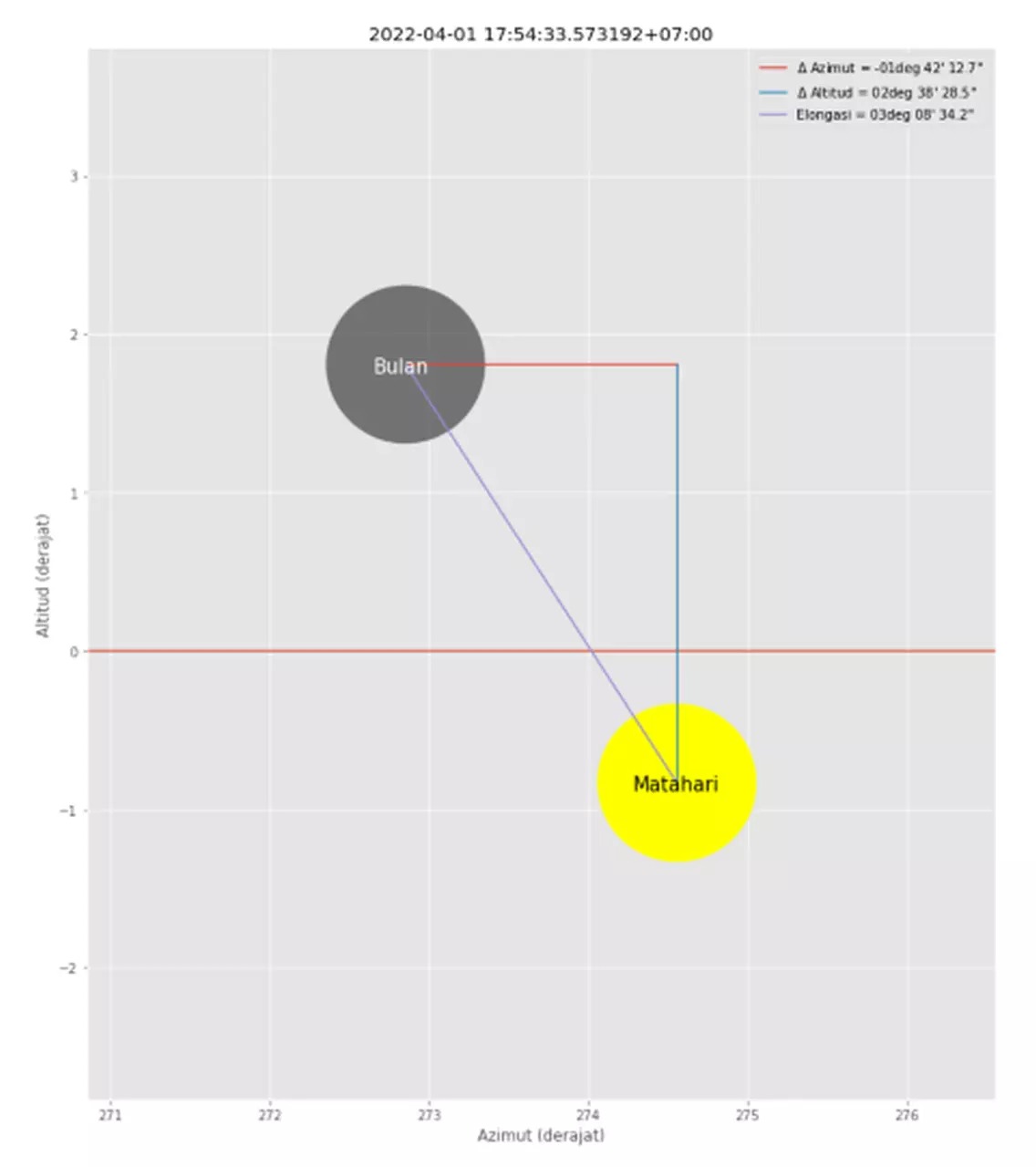The Mystery of Krakatoa Eruption and Increasing Activity from Child of Krakatoa
By Adi Permana
Editor Adi Permana

BANDUNG, itb.ac.id – Child of Krakatoa located in Sunda Strait, South Lampung, continues to show its activity. It is noted by ITB’s Volcanologist, Dr. Eng. Mirzam Abdurrachman, ST., MT., when observing the volcano on the day of the ceremony of 28th Festival Lampung Krakatau 2018 that the volcano emits small eruptions, characterized by vertical eruption as high as 200-300 m from its peak.
According to this lecturer from Faculty of Earth Sciences and Technology of ITB, there is something interesting about the eruption. The color of its volcanic ash changed from dark gray to light gray and finally to white. This color change is called ultravolcanian eruption that happens because super heated water turns into dark steam and immediately condensates and turns grey on contact with air.
“It is a good indication that the produced material from the small eruptions are caused only by super heated water without magma. Even if eruptions occur, most likely only small eruptions that might be followed by lava flow,” he explained.
As the name implies, Child of Krakatoa is the ‘child’ of Krakatoa that once erupted greatly. 27 August 2018 is the 135 years of Krakatoa eruption. Some records about it was written on Para Raja book written by Raden Ngabahi Ranggawarsita in 1869, which stated that in the Saka year 338 or 416, rumbles was heard, followed by downpour and storm. Ancient Krakatoa left small islands and followed by high waves, and the tsunami hit the coast of Lampung and West Java.
“Sertung, Panjang, and Rakata Islands were formed from the massive eruption of Ancient Krakatoa happened in the beginning of 5th or 6th century,” Dr. Mirzam said.
However, further research did not record any geological evidence about the existence of 416’s massive explosion. On the other hand, in around 535-536 extreme climate change occurred. Several plants underwent stunting growth, sulfur content was found in the core part of ice in Iceland or Antarctica, snowy summers happened in the northern part of the Earth remembered as Volcanic Winter, and several civilizations ended during that time.
“So was it 416 or 535? Today many researchers are studying and looking for evidence in order to get more accurate answer. Whenever it is, we have to be grateful because explosion in 416 or 535 is more massive than the explosion 135 years ago or on 26-27 August 1883,” he said.
Comparison between Eruptions in 1883 and 416/535
According to Dr. Mirzam, eruption of Krakatoa on August 1883 started on 26 August and reaching its peak as well as stopping after 20 hours on 27 August. Causing more than 36,400 casualties, it created caldera with the size of 4x8 km that caused tsunami with over 15 m tall and lava as far as 40 km from eruption spot.
Meanwhile in the 416/535 explosion, there are no record as detailed as 1883 explosion, but it is reported that it lasted for 20 days without stopping and leaving mega caldera in the size of 50x50 km in Sunda Strait. This caldera is beaten in size only by Toba Caldera that reach 75 km.
“Today, Ancient Krakatoa has lost its main body, while Child of Krakatoa Build its body, and eruptions that occurs since 2008 show consistent eruption time every two years, in 2008, 2010, 2012, 2014 and since February 2017 until today it shows increasing activity,” he concluded.
Contributor: Dr. Eng. Mirzam Abdurrachman, ST., MT.

.jpg)
.jpg)
.jpg)
.jpg)
.jpg)


.jpg)